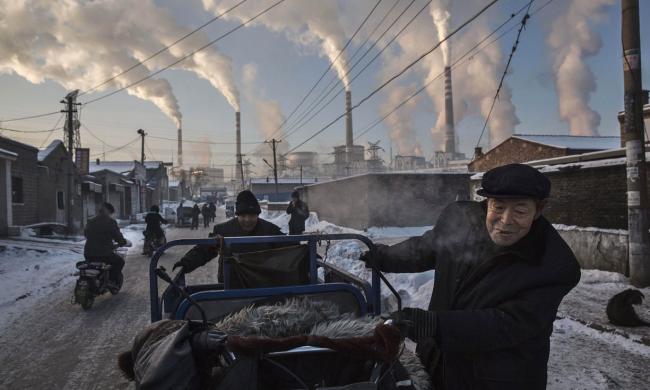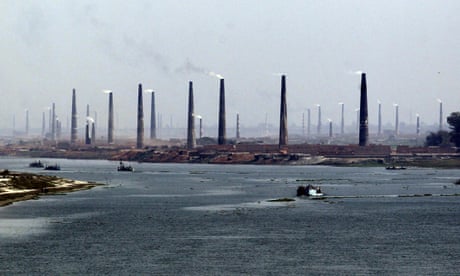Articles Menu

Energy use per person was on track to rise sixfold by 2050 across the world, according to researchers from Queensland and Griffith universities Photograph: Kevin Frayer/Getty Images
The world is on track to reach dangerous levels of global warming much sooner than expected, according to new Australian research that highlights the alarming implications of rising energy demand.

That forecast, based on new modelling using long-term average projections on economic growth, population growth and energy use per person, points to a 2C rise by 2030.
The UN conference on climate change in Paris last year agreed to a 1.5C rise as the preferred limit to protect vulnerable island states, and a 2C rise as the absolute limit.
The new modelling is the brainchild of Ben Hankamer from UQ’s institute for molecular bioscience and Liam Wagner from Griffith University’s department of accounting, finance and economics, whose work was published in the journal Plos One on Thursday.
It is the first model to include energy use per person – which has more than doubled since 1950 – alongside economic and population growth as a way of predicting carbon emissions and corresponding temperature increases.
The researchers said the earlier than expected advance of global warming revealed by their modelling added a newfound urgency to the switch from fossil fuels to renewables.
Hankamer said: “The more the economy grows, the more energy you use ... the conclusion really is that economists and environmentalists are on the same side and have both come to the same conclusion: we’ve got to act now and we don’t have much time.”
Wagner said the model suggested the surge in energy consumption was not offset by improvements in energy efficiency.
He said energy use per person was on track to rise sixfold by 2050, which had dire implications for temperatures when combined with economic growth of 3.9% a year (the six-decade average) and a world population of 9 billion.
“Massive increases in energy consumption would be necessary to alleviate poverty for the nearly 50% of the world’s population who live on less than $2.50 a day,” Wagner said.
“We have a choice: leave people in poverty and speed towards dangerous global warming through the increased use of fossil fuels, or transition rapidly to renewables.”
“You would have to burn so much coal in order to get the energy to provide people with a living to get them off $2.50 a day that [temperature rises] would just go through the roof very quickly.”
The researchers suggested switching $500bn in subsidies for fossil fuels worldwide to renewables as a “cost neutral” way to fast-track the energy transition.
Wagner said pulling the rug from out under the fossil fuels industry was a move of “creative destruction” and “more a political issue rather than an economic issue”.
“You’re pushing a huge amount of capital into a different sector that requires an enormous amount of growth, so you would actually see a great deal more growth from putting it into renewables than providing it for fossil fuels.”
Hankamer said the fact that about 80% of the world’s energy was for fuel, and only 20% for electricity, meant “we don’t have any easy solutions”.
“If we want to do this, we need to do things like solar fuels, or think about how we do battery technologies and fully transition to electric,” he said.
“The things that are going to be hard to replace are aviation fuels and things for heavy machinery and probably shipping.
“We can do electric cars for short runs but those things are going to be really hard to switch.”